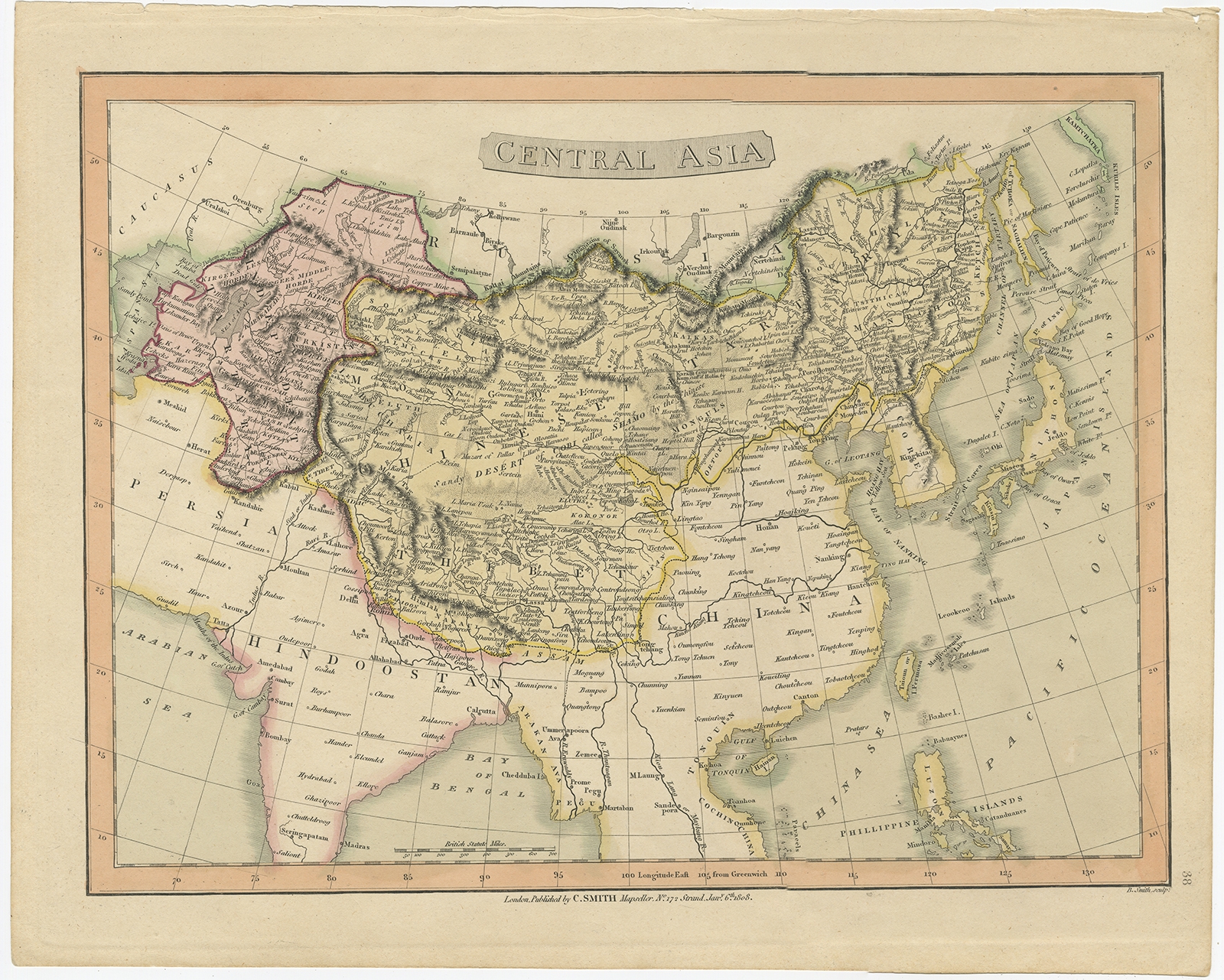
Central Asia - An Intro
Central Asia is a sub region of Asia that stretches from the Caspian Sea to the borders of Russia and China. This area includes the modern-day countries of Kazakhstan, Uzbekistan, Turkmenistan, Kyrgyzstan, and Tajikistan. Historically, it was home to a diverse range of nomadic tribes, urban centers, and empires, all of which contributed to the rich ancient history of the region.
One of the most significant historical networks in the region was the Silk Road, an ancient trade route that connected the East to the West. The Silk Road spanned over 4,000 miles, linking China, India, Persia, the Arabian Peninsula, and parts of Europe. It was not only a conduit for the exchange of goods such as silk, spices, precious metals, and textiles, but also a bridge for the movement of cultures, ideas, and technologies. The Silk Road played a crucial role in the development of the ancient world by enabling the spread of inventions like paper and gunpowder, as well as the major religious ideas of Buddhism, Islam, and Christianity.
Throughout its history, the Silk Road was shaped by the rise and fall of powerful empires across Central Asia. Notable empires such as the Persian Empire, the Greco-Bactrian Kingdom, the Kushan Empire, and the Mongol Empire all played pivotal roles in facilitating trade and cultural exchange along these routes. These empires acted not only as guardians of the trade routes but also as intermediaries between distant civilizations. The Mongol Empire, in particular, marked the peak of the Silk Road, as it united much of Central Asia and established a relatively stable environment for long-distance trade.
Three major developments defined the ancient history of Central Asia: the role and impact of nomadic tribes and their culture, the influence of powerful empires and kingdoms, and the exchange of goods, culture, and religion along the Silk Road. These elements together shaped the vibrant and diverse history of the region.